The term NSR has been used by some to describe all of the forests where there might not be a ‘satisfactory’ number and type of trees. Areas harvested by the forest industry (including by the government-run BC Timber Sales program) meet these criteria for NSR because trees have been removed and there is a legal obligation to restock after harvesting. However, reduced timber supply caused by the mountain pine beetle is also something government must look at in terms of reforestation.
A follow up report to the Board's 2004 report that examined the topic of NTFPs and opportunities for enhancing NTFPs while managing for timber. The follow-up work found that the Board's original recommendations regarding research and knowledge extension have been implemented to a fair degree, but exploration of regulatory options and development of objectives for NTFPs—with limited exceptions related mostly to cultural heritage resources—have not.
Non-timber forest products (NTFPs) are an important forest resource in British Columbia, with the potential to make a significant economic contribution to small, resource-based communities. Non-timber forest products, also known as non-wood forest products and botanical forest products, include all the botanical and mycological resources of the forest, other than conventional timber products such as logs, pulp logs, shakes and firewood.
The Forest Practices Board has had growing concerns about the cumulative effects of resource use on the British Columbia (BC) land base for a number of years. In our work examining forest and range practices, it was often apparent that other activities were impacting the land and water; activities that were not regulated under the Forest and Range Practices Act.
The Board decided to undertake a cumulative effect assessment case study in the Kiskatinaw River watershed near Dawson Creek, looking specifically at effects of resource development on drinking water, soil and caribou habitat. The Board also reviewed current literature relevant to the subject of cumulative effects assessment. At the same time, the Board reviewed a project-specific cumulative effects assessment as part of the investigation of a public complaint about an independent power project. This summary report is about the learning gained from these separate but related processes.
Related Videos
Cumulative Effects Web Presentations
by Marvin Eng, FPB
The Forest Practices Board (the Board) has been involved in many cases where domestic water users are concerned about forestry activities in their watershed. While forest licensees generally carry out their practices in a manner that minimizes negative impacts to water, unintended consequences can, and sometimes do, happen.
This report was prepared following the release of a government discussion paper on modernization of the Water Act. Since that discussion paper was drafted, government has released its policy proposal for a new Water Sustainability Act for BC. The policy document addresses some key issues, and includes proposals to integrate planning and management of the water resource, develop provincial water objectives, consider those objectives in land use decisions and expand compliance and enforcement.
Monitoring and control of invasive plants is important because of the serious environmental, economic, and health consequences they can have. For example, invasive plants can displace native species and disrupt the functioning of natural ecosystems.
In 2006, the Forest Practices Board made several recommendations to government to help improve the province’s invasive plant legislation and to better define agency roles and responsibilities in effectively dealing with invasive plants. The Board has followed up to see what changes have occurred as a result of its recommendations.
Related Link
